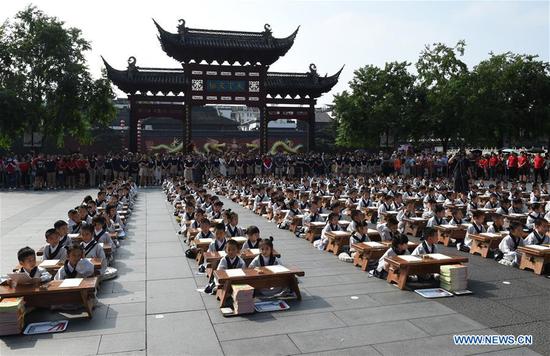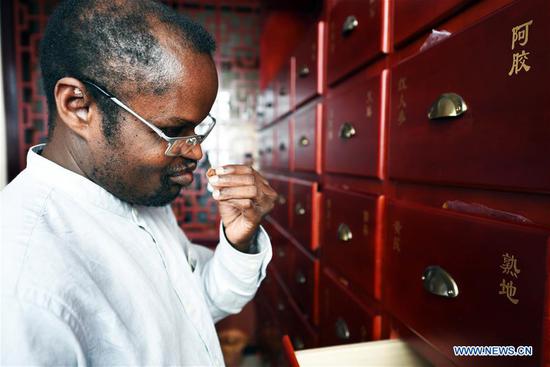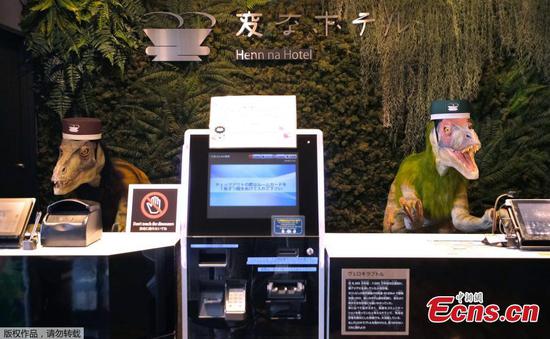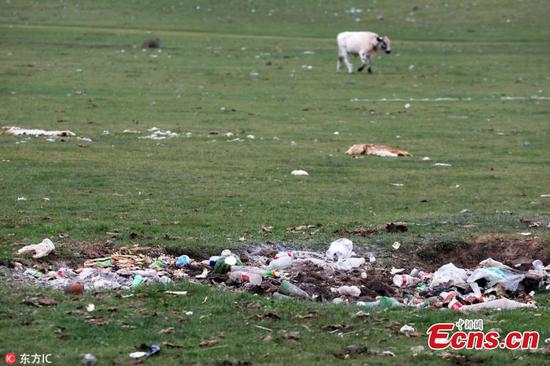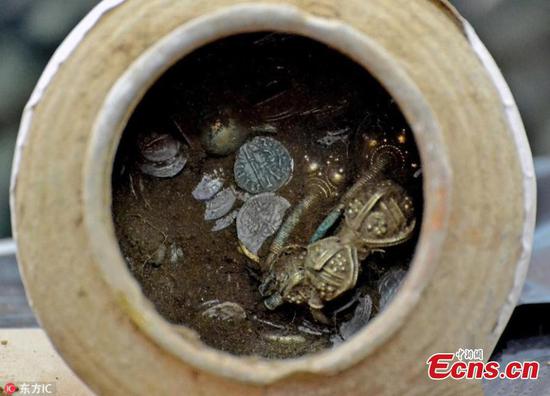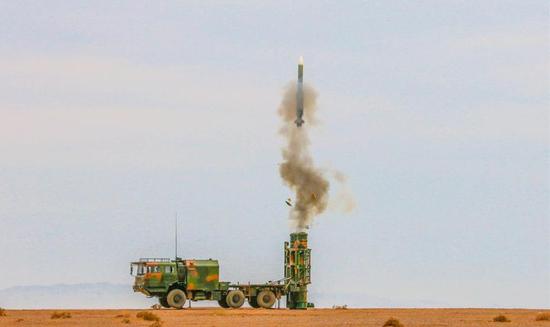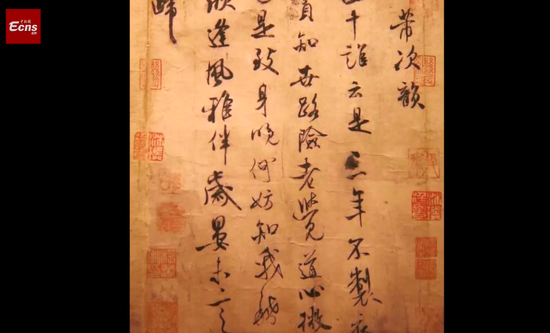Nation's SOEs lead energy, finance sectors
China's leading companies hail from the energy, finance, construction and real estate sectors, with State-owned enterprises (SOEs) accounting for the majority of the country's top 500 firms, according to a China Enterprise Confederation (CEC) report released at a summit on Sunday.
Amid the ongoing trade war between China and the U.S., China's major firms are likely to encounter more challenges in such tasks as deleveraging and undertaking market-driven reform, said industry representatives during the summit, which was held from Saturday to Sunday in Xi'an, capital of Northwest China's Shaanxi Province.
In 2018, China's 500 top companies have so far reported 71.17 trillion yuan ($10.42 trillion) in revenue, up 11.2 percent year-on-year, the report showed. State Grid, China Petroleum & Chemical Corp (Sinopec), China National Petroleum Corp (CNPC), Industrial and Commercial Bank of China (ICBC), and China State Construction Engineering Corp, ranked in the top five.
China's leading enterprises have been playing more active roles on the global stage in recent years.
Among the world's top 100 companies, 22 are Chinese mainland firms that are leaders in finance, construction and real estate, the report showed.
State Grid, Sinopec Group and China National Petroleum were listed among the top 10 largest companies on the Fortune Global 500 list in 2018.
Of the top 500 global companies, 120 are Chinese companies, reflecting the growing competitiveness of domestic firms, noted Weng Jieming, vice chairman of the State-owned Assets Supervision and Administration Commission.
"The 2018 list of China's top 500 firms showed improvement in profitability and asset quality, but a gap still exists between Chinese firms and their U.S. counterparts," Weng said.
Reform a must
In recent years, most of the leading domestic companies are SOEs, which have been growing thanks to market policies and government support, Feng Liguo, a research fellow with the China Minsheng Bank, told the Global Times on Sunday.
"Still, we see an increasing number of private firms making the list, and tech companies like Xiaomi are becoming much more competitive," said Feng, who had worked on tabulating CEC's top 500 list for nine years.
China's top 500 companies lag behind firms in advanced countries such as the U.S. and Germany in terms of core technology and innovation, the report showed.
Compared to U.S. companies, Chinese firms tend to focus on expansion, which might lead to a high debt ratio and dispersion of resources, the CEC report showed. Chinese firms' rapid expansion also limits their capacity for investing in innovation and human resources, according to the report.
"Trade tensions and external pressures make it crystal clear that accelerating SOE reform is an urgent task," Feng said.
Market-driven measures such as reducing subsidies and advancing mixed-ownership reform would clear some of the misperceptions of China's SOEs overseas, a major obstacle for their global expansion, he noted.
"Introducing incentive mechanisms into SOEs is necessary, as a large portion of innovation now comes from universities and private companies," he said.
China's top 500 companies applied for 955,500 patents in 2018, up 30 percent year-on-year, the report said.
Chinese telecom equipment and services provider Huawei led with 74,300 patent applications, followed by State Grid, which filed more than 70,000 patent applications.










